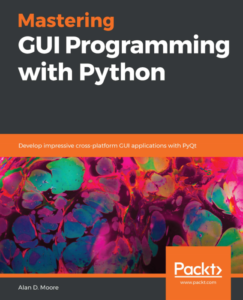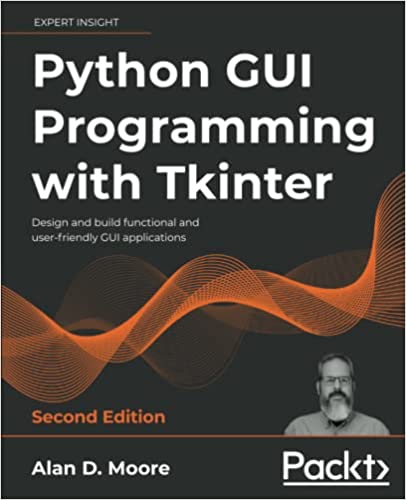The big news in the Debian world this week is the liberation of the The Debian Administrators Handbook, which, thanks to donations from a crowdfunding campaign, has now been released under free-as-in-speech licenses. It’s even been packaged up and placed in the Debian repositories, so it’s a quick “aptitude install” away.
I spent some time browsing through the manual online today, and thought I’d share my reactions.
Nothing like a book
Obviously, the Internet is chock full of resources for the aspiring Debian admin already, such as forums, wikis, blogs, how-tos, and more. But there’s nothing quite like the cohesiveness of a well-written book or manual to bring things together and get you proper context for things.
For instance, the manual starts off with a good summary of the Debian project’s history, philosophy, and organization; these things may seem superfluous to the busy admin just trying to configure a system, but I think they’re important context for approaching Debian with the right frame of mind.
I also found several chapters that highlighted gaps in my own knowledge, such as the bits about LVM and logcheck.
Understand, this is an English translation of a book originally written in French, so the syntax is sometimes a bit odd; overall, though, it was well done and readable.
Some good
There are some really nice sections in this manual that are highly specific to Debian, such as the sections on dpkg and creating your own .deb packages. There is documentation out there about this, of course, but it’s presented in a compact and straight-to-the point way here with nice diagrams and so forth. I also look forward to a deeper perusal of the SELinux and virtualization sections, which I’ve wanted to get a deeper grasp on.
I also enjoyed the running “case study” theme that the book kept bringing back, similar to the approach used in “Samba by example”. It gives a more concrete feel to the examples and instructions.
Some not so good
My biggest criticism of the manual so far, though, is that it seems very dated and of questionable relevance in a lot of places. For example:
- In the sections on interoperating with other systems, Macs are referred to as running PowerPC processors and using AppleTalk networking protocols. Neither has been true for years.
- The section on remote login begins with a discussion of why you should disable Telnet and avoid “r commands” (rcp, rsh, etc). This is good advice, I guess; but I haven’t seen telnetd installed on any distro by default since… ever. And only the greyest of greybeards (who should know better already) has ever used “r commands” in Linux, seeing as they have been deprecated since the late ’90s.
- No mention of LXDE in the list of desktop environments. Granted, it’s not been around as long as KDE, GNOME, and XFCE, but its popularity has been explosive over the last few years, especially among derivatives and users of older computers.
These are nit-picking examples, I know; but they seem exemplary of the overall datedness of the tone (if not necessarily the content). It’s not so much that the book hasn’t been updated with new information over the years, but that the old information hasn’t been suitably diminished, reorganized, or removed.
My other beef with the handbook is what’s missing:
- There’s only minimal mention of PAM, and then only in the context of configuring a system for LDAP login
- I found no references to LTSP/MueKow or similar PXE-boot/thin client type setups, which are pretty common in large deployments
- Also, no mention of cfengine or similar large-scale management solutions
- There really doesn’t seem to be a good “Linux fundamentals” section for absolutely new users. This manual is really mostly aimed at those who know Unix, but want to learn the Debian specifics.
None of these is really essential, but it seems like they’d be worth including given the detail with which some other low-level bits are discussed.
A finished work, or a starting point?
Now that the book is released under free licenses, I’m wondering if it can make a transition into a project that can be constantly updated and improved, or if it will just be another stagnant and soon-to-be-outdated text like so many others out there. What the Debian community really needs is not so much a finished opus as a rallying point for building some really top-notch documentation. Will this handbook be that point? Time will tell….


Thank you for this review of my book! I found it only now because I have actively been looking for reviews on the web…
I have to agree with you, there’s definitely some outdated content that needs to be pruned. But you give it a bit too much emphasis in my opinion.
In any case this book will never be a finished work and I want to make it evolve for future release and keep improving it. But it’s easier to do it with the feedback of readers like you… so if you care about it not being stagnant, you should definitely submit bug reports when you find stuff that needs to be fixed. After apt-get install debian-handbook, it’s time to do reportbug debian-handbook as well! 🙂
Sorry if it comes off too negative; I’ve written manuals before too, I know how hard it can be to keep information up-to-date. Writing manuals is unfortunately kind of like being the sound guy at a concert: nobody notices or mentions your work until you do something wrong. 🙂
I’ve been following the progress on the bug tracker now and then, it seems like most of my criticisms have been reported already. I do think this has a lot of potential as a resource, hopefully it can improve rapidly.
I’ll see what I can do to pitch in.